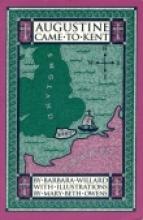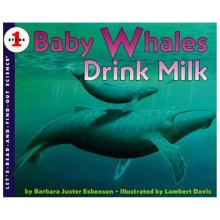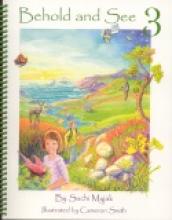No name
Augustine Came to Kent
Augustus Caesar's World
Note from the Webmaster: A number of Catholic homeschool parents have commented that the book has some problematic sections of a secular nature - soft on paganism, etc. It may well be a worthwhile book, but should only be used with a reasonable amount of caution and parental supervision.
Baby Mozart
More annoying than the CD, however, is the video. The video takes the same watered-down music and combines it with images of moving toys that make their way across the screen. (This goes on for about half an hour, I believe. I haven't been able to sit through the whole thing.) The end of the video provides information on where to buy the toys. The toys aren't particularly beautiful or educational - just rolling toy animals, jack in the boxes, etc. I can't deny that my younger children enjoyed watching the video, but children like a lot of things that aren't necessarily all that great for them. I'd much rather have my children playing with pots and pans in the kitchen than be mesmerized by videos of toys and Mozartish music. I also object to the idea that this company charges money for what seems to be little more than a fancy toy catalog.
Additional information (added September 2007): TIME Magazine article on studies involving "educational" videos for babies
Disney demands retraction of Baby Einstein study
Are "Educational" Baby Videos a Scam?
Baby Whales Drink Milk
A nice picture book which introduces basic facts about whales and what they are: mammals rather than fish. Includes nice pictures (with some beautiful scenery) and informative text.
Beck Family Musical Series
Becky Landers: Frontier Warrior
Beginnings
Behold and See 3
I've been telling my friends who've asked about this book that I've never felt enthusiastic about a science textbook until now. This beautiful book, printed in full color on thick, glossy pages is really remarkable. The author, Suchi Myjak, is a Catholic homeschool mother with a Bachelors and Masters in Electrical Engineering. She worked in a chip design group at Intel Corporation until the birth of her first child.
There are three areas in which I think this book particularly excels...
First are the beautiful watercolor illustrations by Cameron Smith. (You can view some of his works on his website at http://www.frangelico.org). These illustrations are engaging and will really help draw students into the wonder and amazement of God's creation. The text also includes a number of beautiful photographs.
Second is how engaging the book is. Now, the word 'engaging' is thrown around a lot and usually has to do with how readable and interesting a book is. Behold and See 3 is certainly engaging in this respect. But it goes even deeper to a more complete meaning of 'engaging' that involves the active participation of the student in more fully understanding concepts by use of reflective questions, games, comparison charts and meaningful (but simple) experiments and hands-on activities (like mapping the tongue and making a mini-ecosystem in a bottle).
Third is its Catholic content. Behold and See 3 exceeds my expectations in this regard. Catholic material isn't just tacked on to an ordinary text, it is naturally incorporated into the text. It actually uses ideas familiar to Catholic children from the spiritual realm to better understand science (while retaining an excellent sense of the purpose of science in helping our children get to heaven). For example, in the introduction to the Chapter on Matter, the author helps children understand the concept of matter by contrasting it with the spiritual world that we cannot see and that science cannot study. Also, religious stained-glass windows are used to enhance part of the discussion about light and EWTN is used as an example of something that uses satellite technology. The text is further enhanced by quotations from the Holy Bible and the Catechism of the Catholic Church.
After an introductory chapter that explores the idea of what science is, why we study it, some basics on the scientific method and instructions for starting and keeping a science notebook, the text covers three primary areas:
The first segment, on Physical Science, includes chapters on Matter, Force and Energy and Astronomy. In this segment, children will study: states and properties of matter, mass and volume, forces, gravity, magnetism, friction, light, sound, the Earth's crust and atmosphere, the sun, the moon, keeping time, day and night, the solar system, the stars, space travel and satellites.
The second segment, Life Science, includes chapters on Animals, Plants and Ecology. This segment covers: animal classification, animal protection, hibernation and migration, the differences between animals and man, 'wild' and 'tame' flowers, parts of plants, seeds and growing plants, what plants need to grow, plants we eat, plants and the seasons, trees, animal habitats, food chains and food webs, ecosystems and stewardship of God's creation.
The third segment, on the Human Body, includes chapters on Anatomy, the Senses and Nutrition/Health. This segment covers: body proportions, skin pigment, the skeleton, joints, muscles, the heart, lungs and breathing, circulation, the brain, the five senses, nutrients, a balanced diet, food groups, the virtue of moderation, exercise and food safety.
I'm really very, very impressed with this book. Full-color books like this are expensive to produce, particularly for small Catholic companies, but I think that the quality of this text is well-worth its price (approximately $45).
This book was donated for review by Catholic Heritage Curricula







